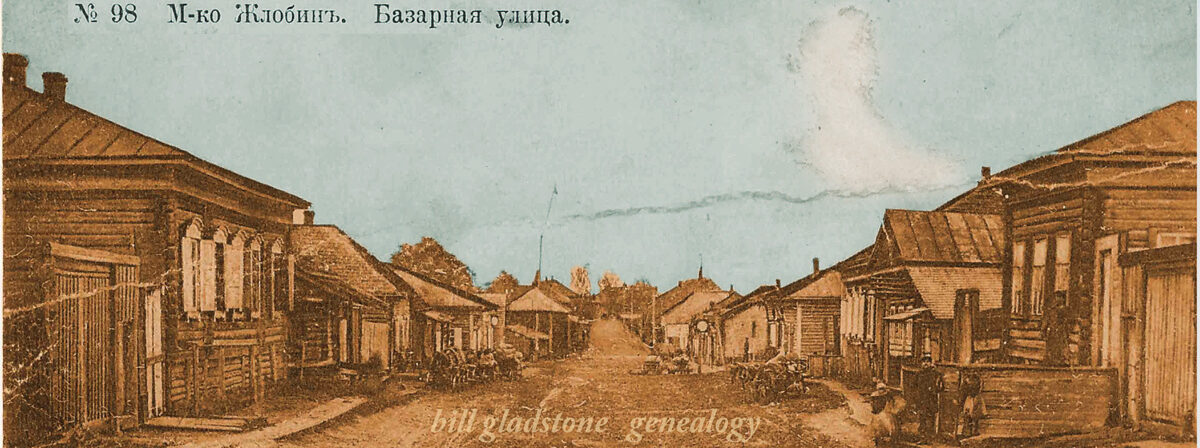There Is No Other (Exile Editions) offers a collection of compelling stories by former Torontonian Jonathan Papernick (now of Boston), in which we meet a caretaker who has a vision of the Virgin Mary in a Reform Temple in Boston; an angry Jewish kid who comes to a school Purim party wearing a Mohammed costume and a suicide-bomber apparatus; and an American Jewish businessman who wants to build baseball stadiums in Israel and the territories in the hope that the game will bring on peace.
Like a speeding curveball, most of these stories have an ironic twist that spins them in an unpredictable direction. Papernick writes about Jewish tradition from the inside, with an insider’s comprehension of its quirks and contradictions, in a prose style tinged with dark humour and irreverence.
Comparisons have aptly been made with Nathan Englander and Bernard Malamud. Papernick is in the same ball park, but at this stage he’s still hitting mostly singles and doubles, with not enough home runs to make it into the majors.
My favourite story is “The Madonna of Temple Beth Elohim,” which presents us with the hilarious conundrum of a rabbi who cannot keep the crowds out of his synagogue after word gets out that someone has seen the Virgin Mary in a piece of wood on the altar.
That rich irony is counterbalanced by the sense of discomfort generated in “There Is No Other,” when the kid in the suicide costume achieves his Columbine ambition. Papernick is nothing if not a literary iconoclast keen on exploding our idols, ideals and conceptions about ourselves and others.
Not all of the stories have Jewish characters. In “What Is It Then, Between Us?” a husband runs momentarily down the block to find a handyman to fix the radiator, and ends up in a bar and, ultimately, a full-blown sexual liaison. Then he rushes home to find his wife, for once, in the mood.
The two worlds meet in “Skin for Skin,” when a non-Jewish boy forces himself upon a Jewish girl from the same high school. She is shocked, first by the crucifix dangling from his neck, then by another appendage — which she seeks to improve with a Japanese paring knife.
At times erotic as well as neurotic, and infused with a dark and sometimes-funny magic realism, many of these stories feature an array of semi-crazed, lonely people living on the precarious edge between reality, Jewish tradition, and their dreams. ♦
© 2010






